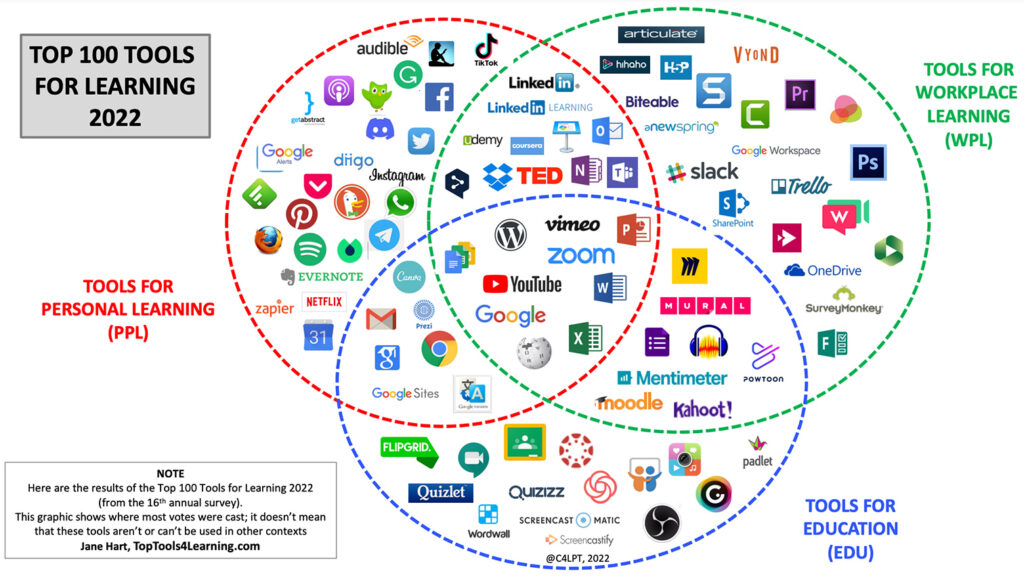What is college for? Gov. Shapiro raises the question. Higher ed leaders are listening. — from The Philadelphia Inquirer by Will Bunch; with thanks to Ray Schroeder out on LinkedIn for the resource
Pa.’s new governor Josh Shapiro’s first move was to question the need of a college diploma as a job credential. U.S. universities, pay attention.
Excerpt:
NEW HAVEN, Conn. — What is college actually for?
No one expected this to be the initial question raised by Pennsylvania’s new governor, Josh Shapiro, in his first full day on the job. While he may not have stated it explicitly, this was the essence of the Democrat’s very first executive order, which opened up some 92% of job listings in state government — about 65,000 in all — to applicants who don’t have a four-year college degree.
In branding degree requirements for many jobs as “arbitrary” and declaring “there are many different pathways to success,” the Keystone State’s new chief executive was tugging at the shaky Jenga block that has undergirded the appalling rise of a $1.75 trillion student debt bomb in the U.S. and led, arguably, to a college/non-college divide driving our nation’s bitter politics. The notion is this: You can’t make it in 21st-century America without that most expensive piece of sheepskin: the college diploma.
So the $64,000 question (OK, $80,000 … for one year on some elite private campuses) is this: If you don’t need the credential, do you actually need college?
Something is clearly gained by giving America’s young people more career options that won’t contribute to that $1.75 trillion college debt bomb. But are we talking enough about what could be lost in a new system that not only devalues the university but also seems to ratify a dubious idea — that higher education is almost solely about careerism, and not the wider knowledge and critical-thinking skills that come from liberal arts learning?
From DSC:
To me — and to many other parents and families — it all boils down to the price tag of obtaining a liberal arts education. It’s one thing to get a liberal arts education at $5K per year. It’s another thing when the pricetag runs at $40K and above (per year)! Most people ARE FORCED to question the ROI of a liberal arts education. They simply have to.
On a relevant tangent here…many inside the academy have traditionally looked with disdain at the corporate world. The thinking went something like this:
Business! Ha! We are not a business! Students are not customers. Don’t ever compare us to the corporate world.
- Where else can you pay tens of thousands of dollars for something and not be treated as a customer?! Don’t you typically expect value on your own purchases and positive returns on your investments?
- How will you collaborate with the corporate world if you look upon them with disdain?!
But now that colleges and universities enrollments are not doing so well, perhaps there will be more openness to change and towards developing more impactful collaborations.










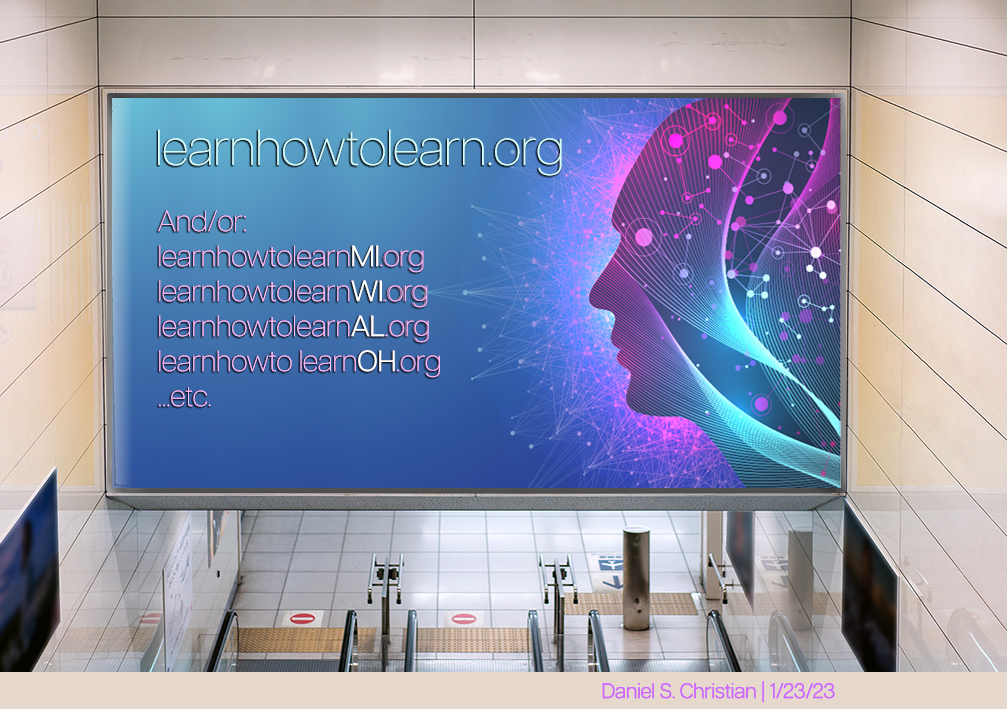

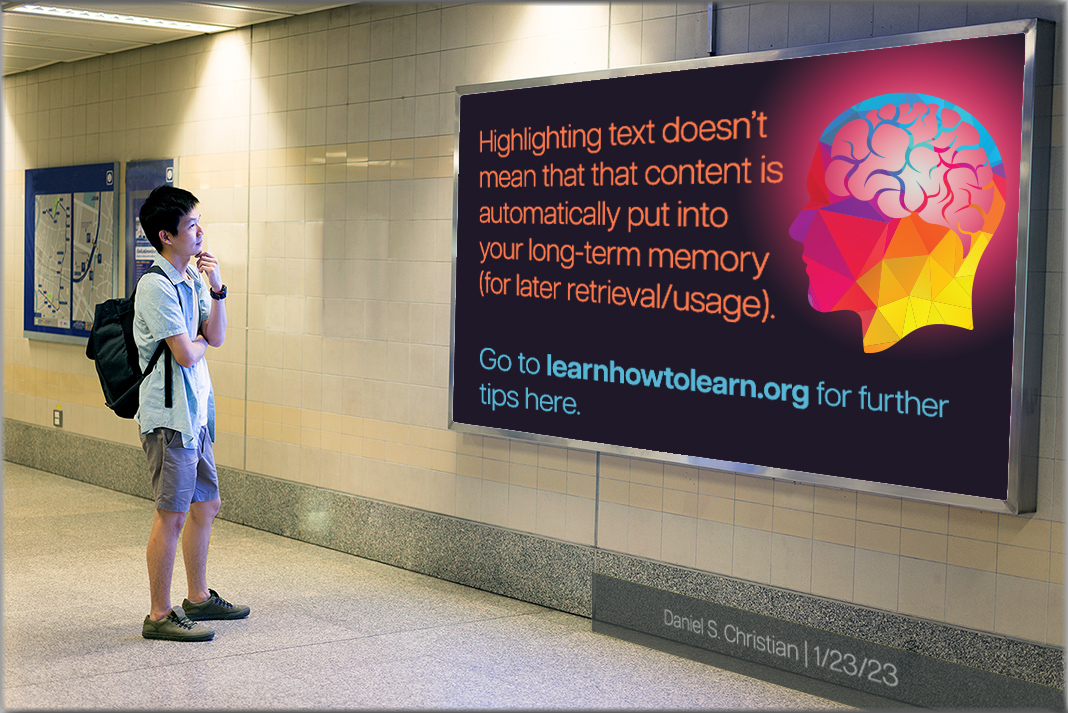
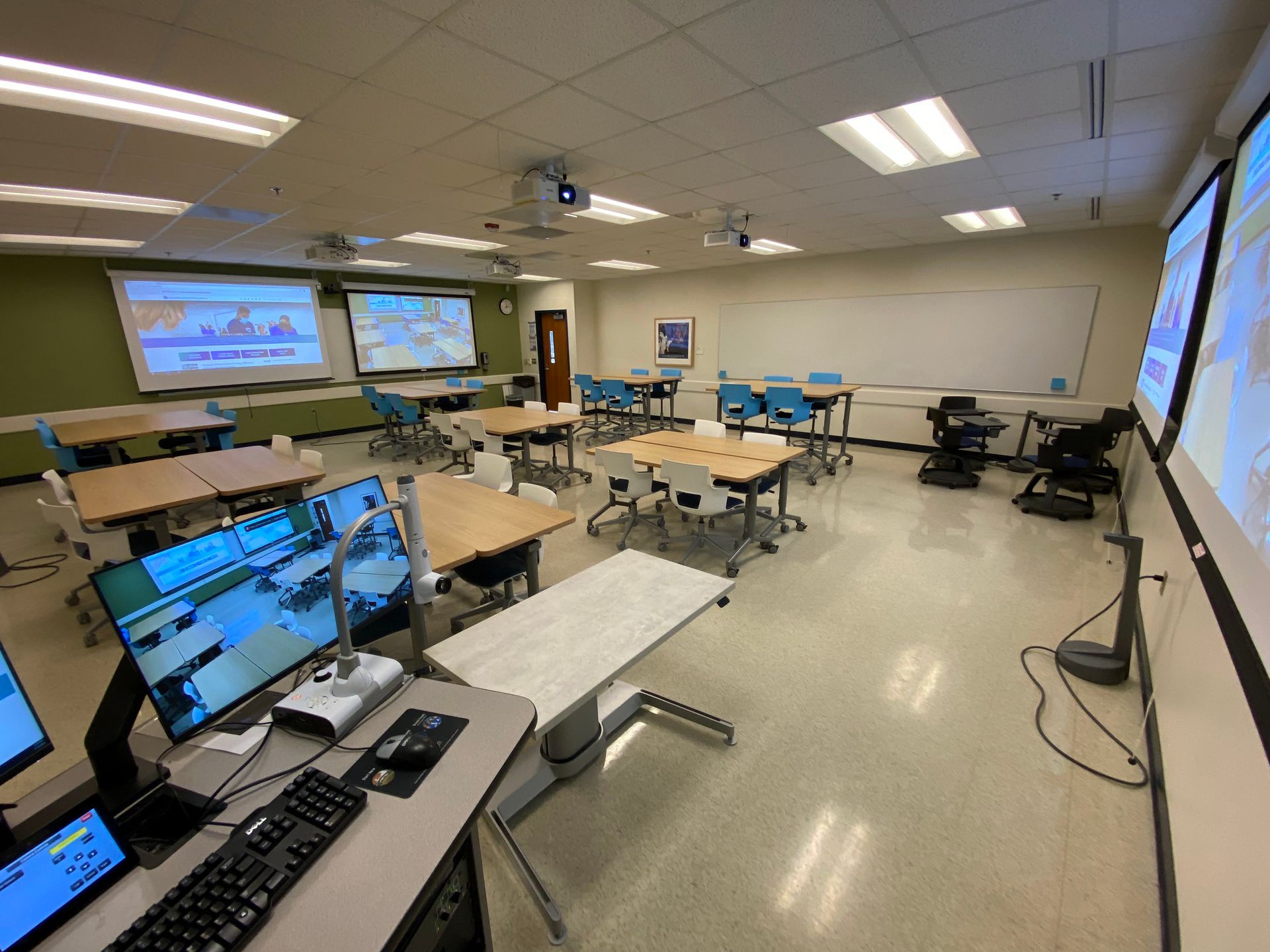
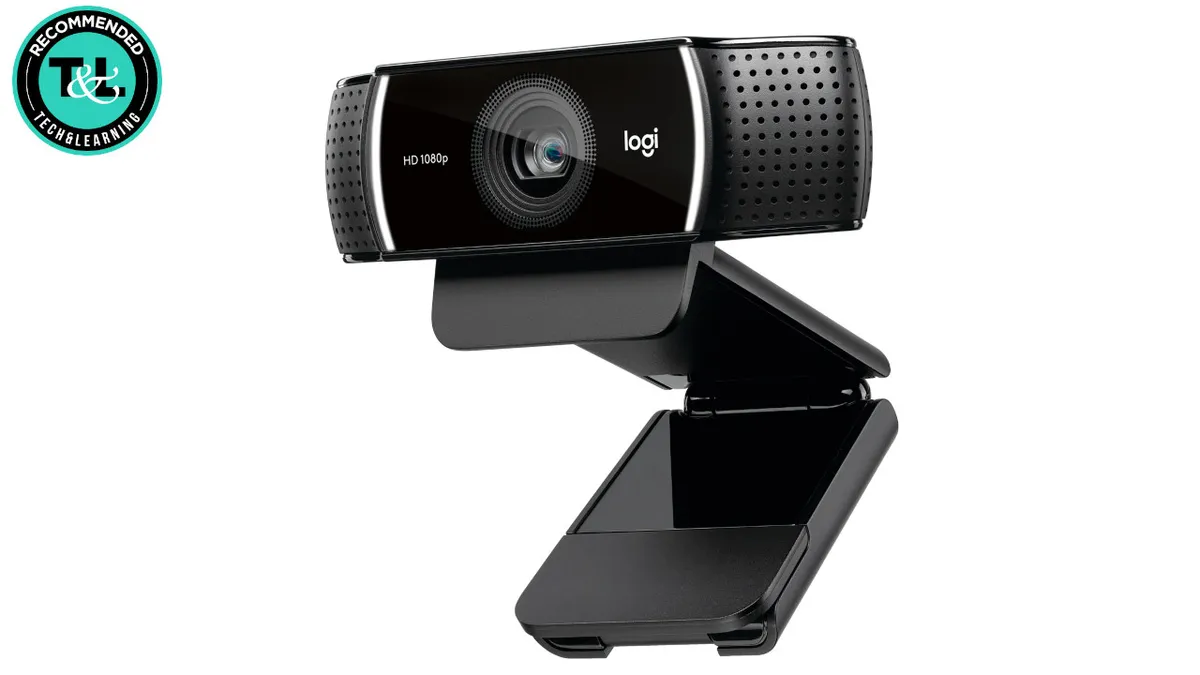

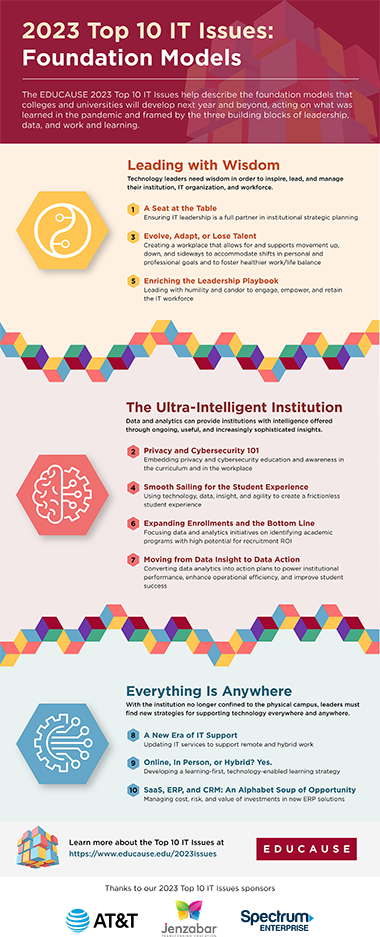

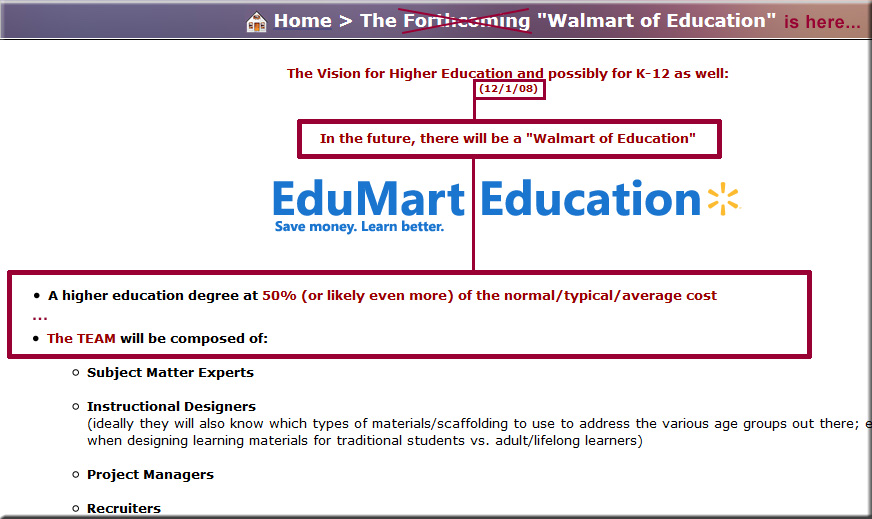

![The Living [Class] Room -- by Daniel Christian -- July 2012 -- a second device used in conjunction with a Smart/Connected TV](http://danielschristian.com/learning-ecosystems/wp-content/uploads/2012/07/The-Living-Class-Room-Daniel-S-Christian-July-2012.jpg)
